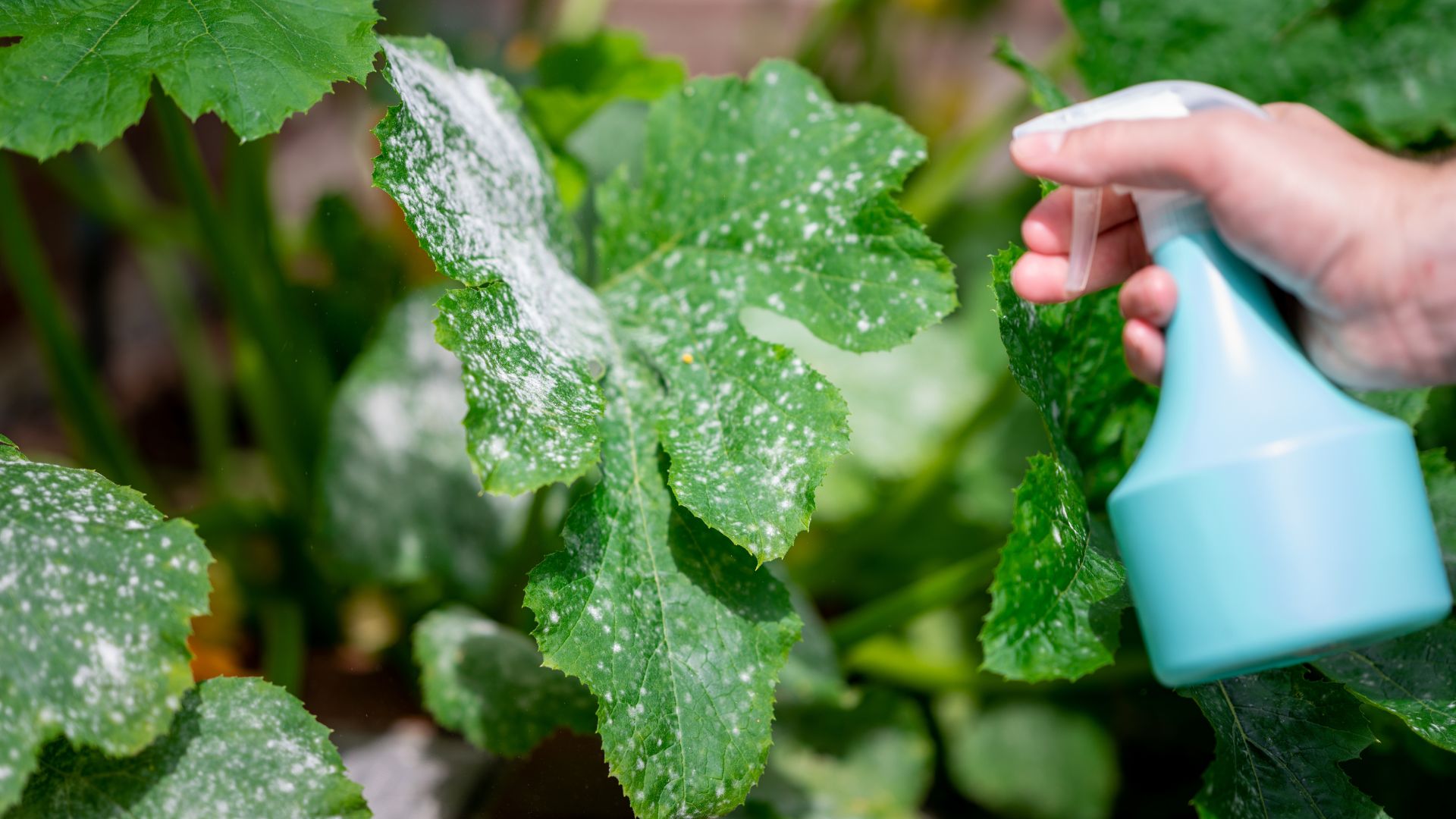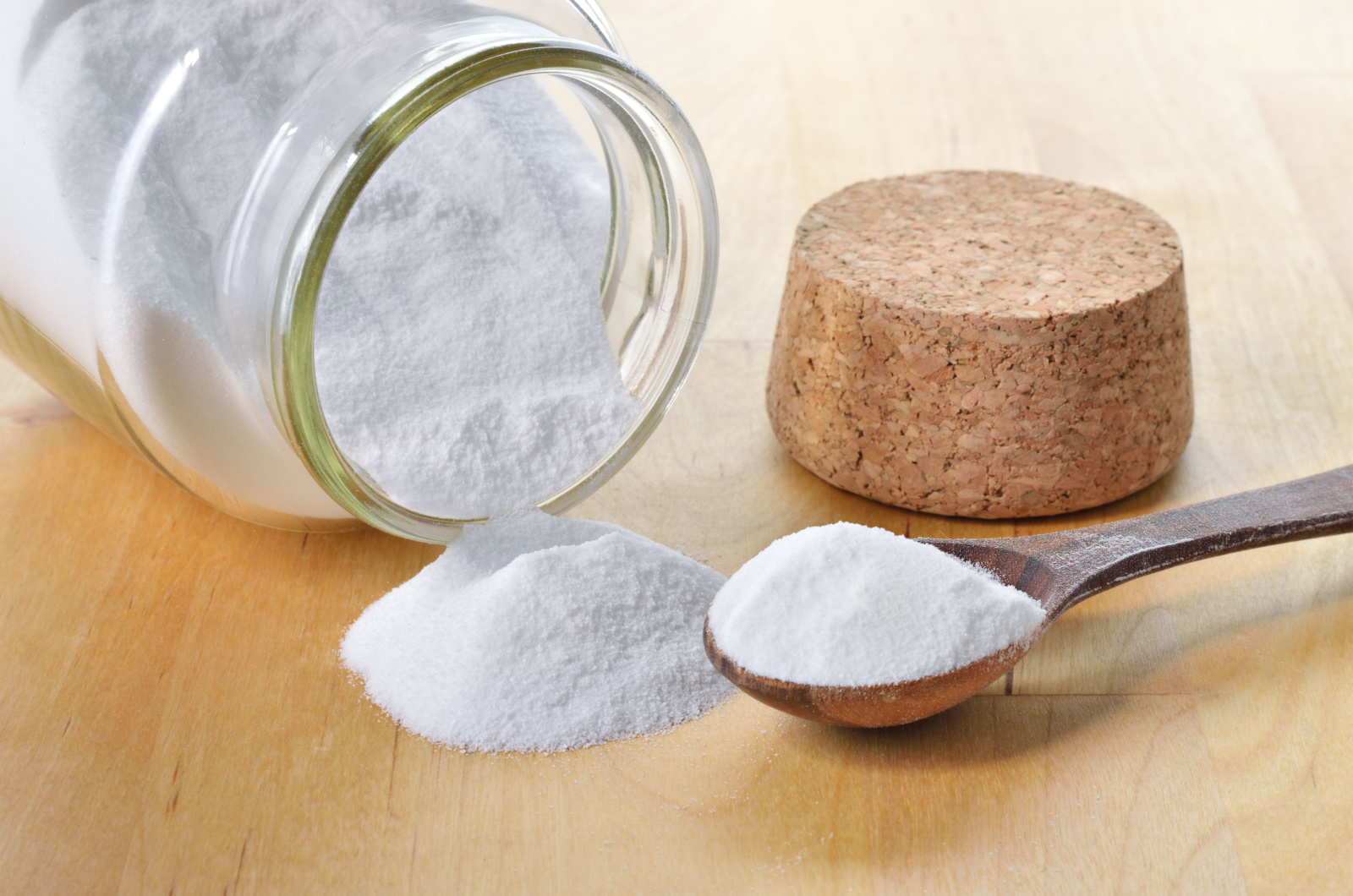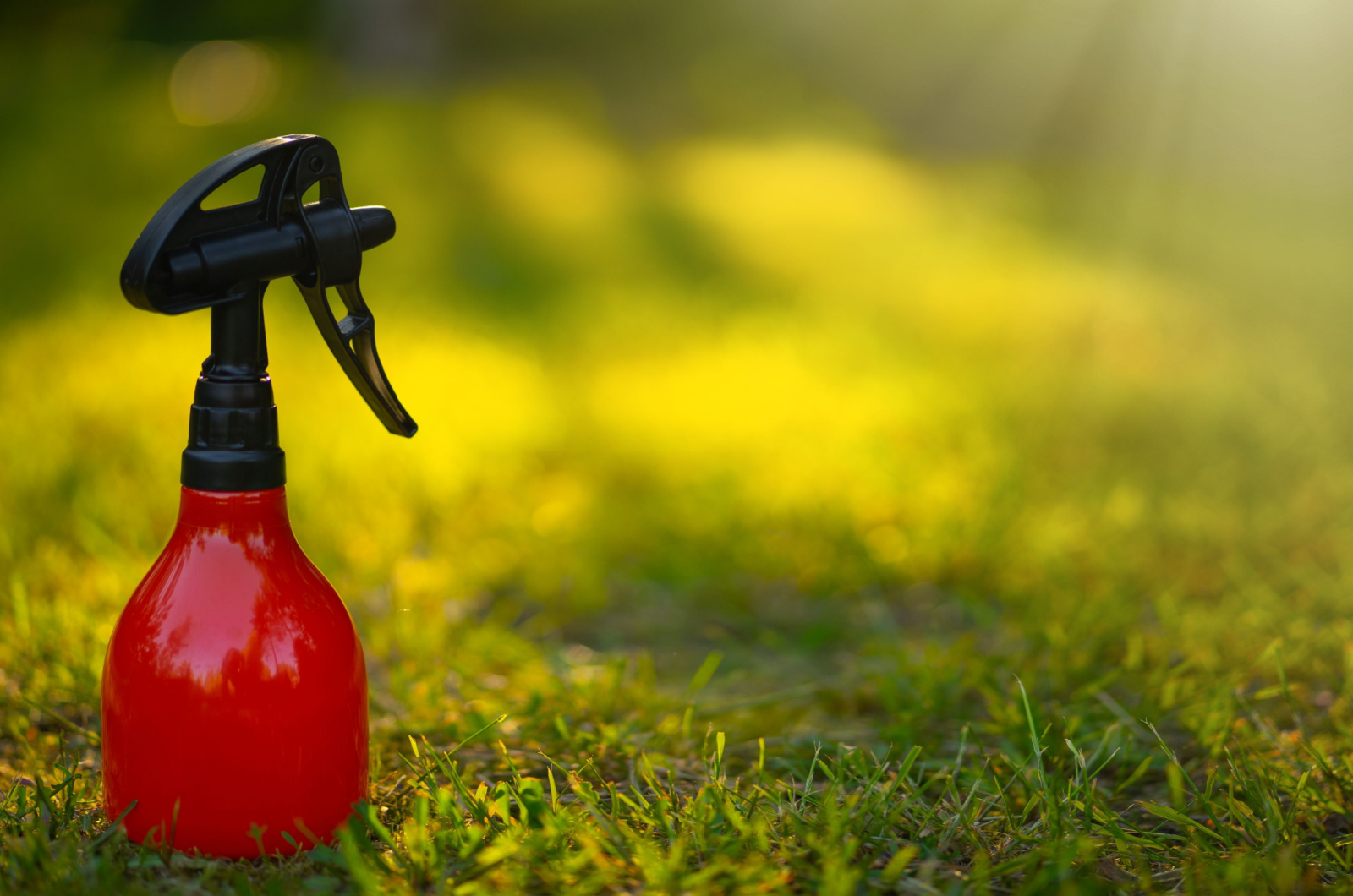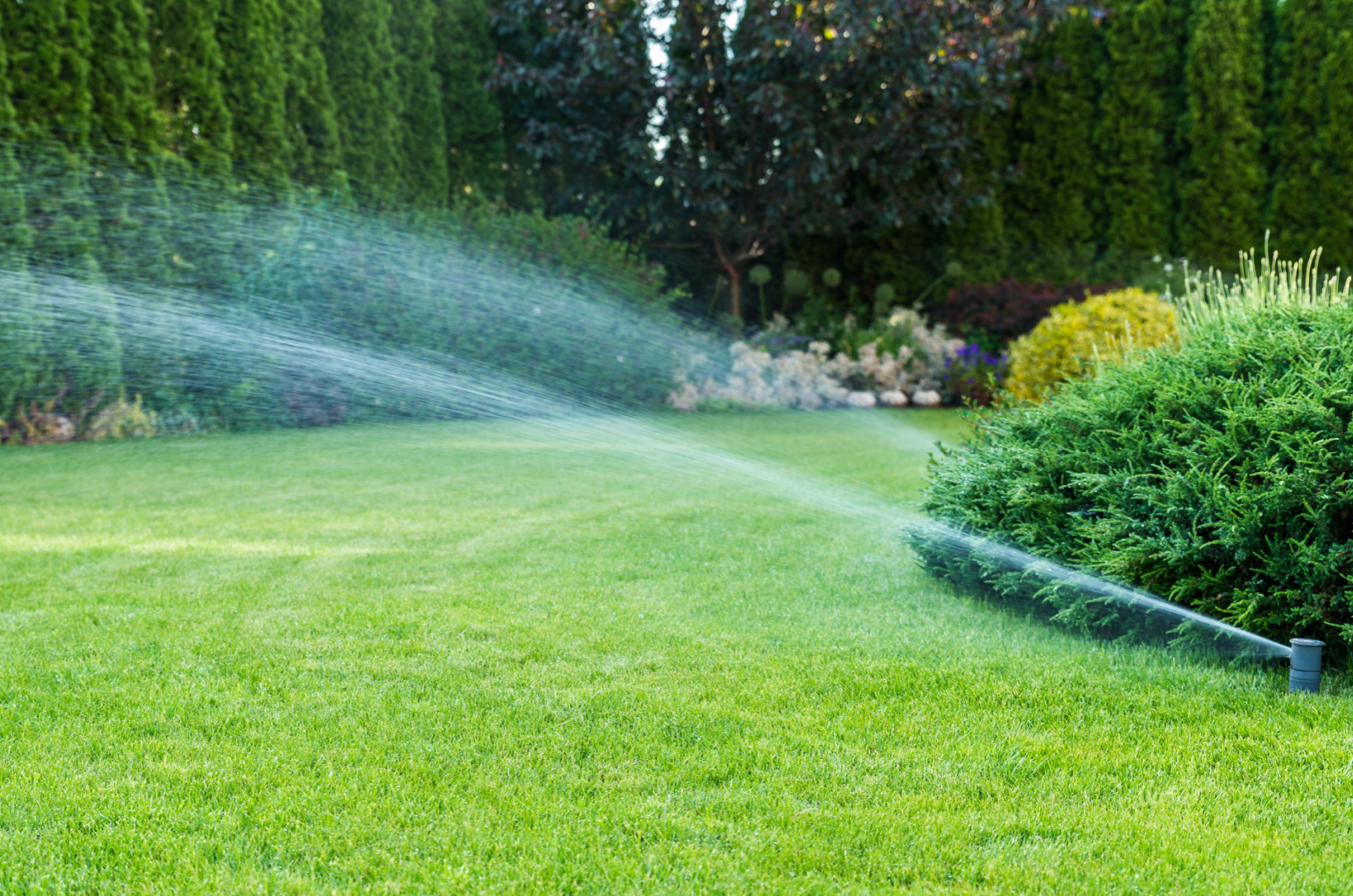Green and healthy grass is the dream of every lawn owner. Unfortunately, there are some cases when grass doesn’t look as it should and one of the causes can be powdery mildew.
The telltale sign of this fungal disease in the grass is a white and gray, powdery substance.
It may be hard to eliminate this disease but you can reduce powdery mildew in your grass using one ingredient you most certainly have in your home.
Let’s see which one is it!
And The Ingredient Is…
Believe it or not, baking soda is used to reduce the symptoms of powdery mildew disease. Its main task is to change pH levels on plant surfaces and in that way create an environment that will be less susceptible to fungi.
This fungal disease thrives in highly alkaline conditions and that’s why baking soda might work. I said ‘might work’ because there isn’t enough research to prove the effectiveness of this substance when it comes to powdery mildew removal.
Washington State University published an article in 2009 by Linda Chalker Scott, Ph.D., on the effects of baking soda on fungus growth.
According to the article, this ingredient doesn’t destroy powdery mildew entirely. However, smaller quantities affected the growth and germination rate of specific fungal species that cause this disease.
In my opinion, you should give baking soda a try if you’re fighting this common garden fungal disease.
It’s definitely a better choice than any chemical substance and won’t make any significant environmental impact.
Remember that this disease won’t only affect the appearance of your grass – it can quickly transfer to other plants in your garden.
Of course, you need to be careful with using this ingredient and prevent any potential issues by following the correct preparation and application method.
How To Make And Apply A Baking Soda Spray
One of the best ways to use this substance for powdery mildew is to dilute 1 tbsp of baking soda into a gallon of water.
According to Colorado State University, it’s also a good idea to add a few drops of horticultural oil into the mixture. (1)
In the abovementioned Linda Chalker Scott article, it’s also stated that the mixture of baking soda and horticultural oils can reduce less severe symptoms.
She added that applying only baking soda can actually be dangerous for plants and can harm them.
How To Use Baking Soda Spray For Powdery Mildew
The best approach is to take a small amount of baking soda solution and apply it to a smaller patch first. If your grass responds well to treatment, then you can apply the solution to all infected areas.
Make sure to apply baking soda spray to the undersides of leaves and stems because fungal growth may be hidden there.
You’ll most likely need to repeat the process a few times for the best effect. Make sure to prepare the solution according to the instructions above and don’t use it for a long period of time.
Problems may arise if the soil becomes too alkaline, which can negatively affect your plants. This is a common cause of stunted growth of grass.
Other Ways To Reduce Powdery Mildew In Your Grass
Baking soda spray is one of the solutions but there are other things you can do to prevent powdery mildew.
You should grow grass types that show tolerance to shade, such as red fescue. The way you maintain your lawn is another important factor in powdery mildew prevention.
Make sure to irrigate your lawn thoroughly but infrequently to avoid waterlogging, which will create a perfect environment for fungus.
Pay attention to the mowing height and opt for approximately 3 inches. Feed your lawn at the recommended frequency and avoid applying nitrogen-rich fertilizers too often.
Additionally, prune the surrounding plants, such as trees and shrubs, to allow more light to reach your plants and promote air circulation.
Treating powdery mildew in grass may be hard. But if you spot the disease in time and use a baking soda solution, you will save your grass!
References
1. Colorado State University Extension. (2016, February 22). Powdery Mildews.




